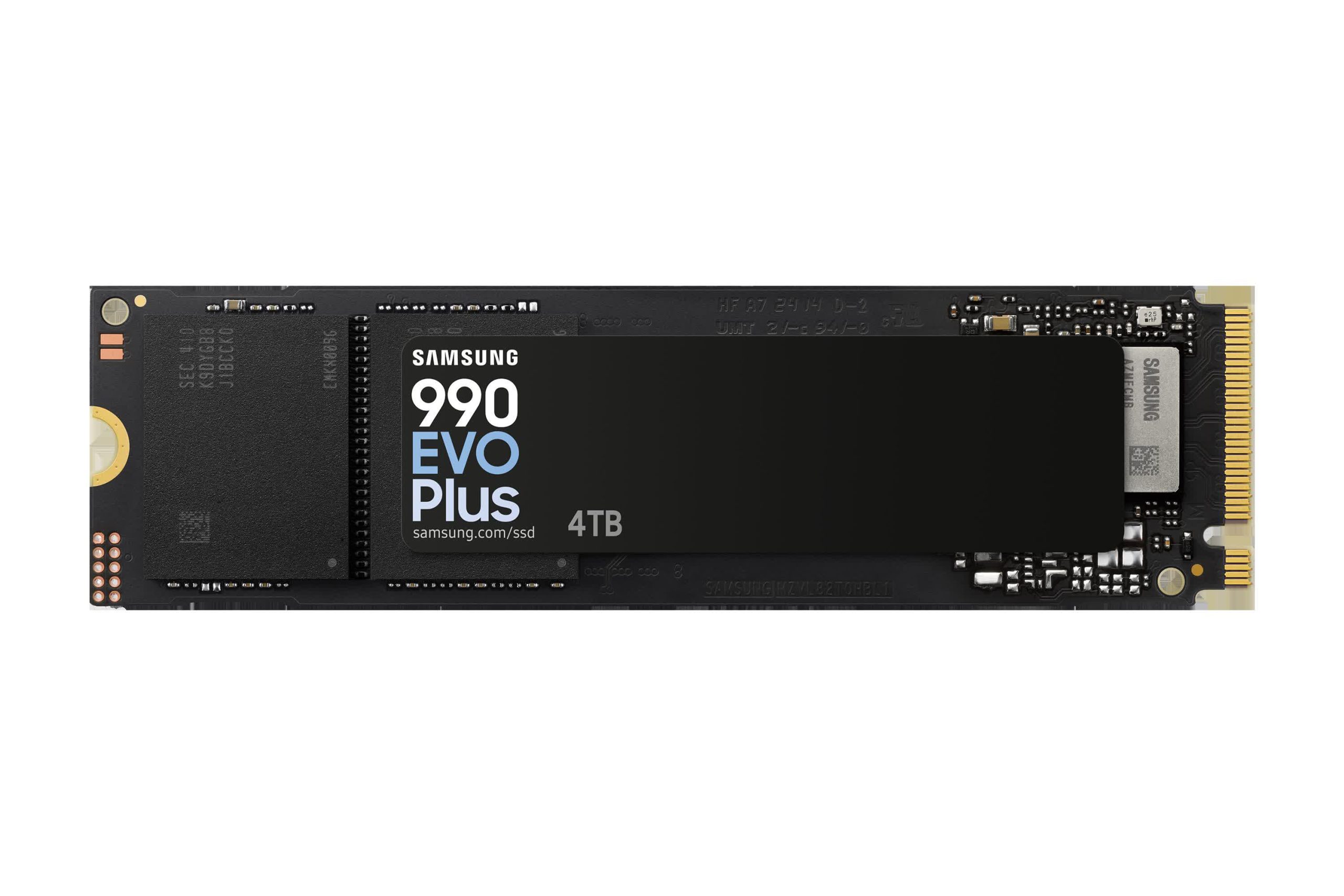Harsha Vardhan Agarwal has taken charge as FICCI’s President at a pivotal time when the Indian economy grapples with a slowdown and declining consumption. Businessline spoke with Agarwal, a second-generation leader of the $3.1-billion Emami Group, about the economy and his budget expectations.
Is the current Q2 GDP slow down just a blip?
The Q2 GDP growth, which was at 5.4 percent, is certainly below expectations, butit is still the highest globally whencompared with any other country.
There are few reasons why the growth rate was lower than expected. One of the reasons was the government’s capex spending, which was lower in Q2. We are very confident that it will increase in Q3 and substantially increase in Q4, which will help recoversomeof the lost GDP growth momentum.
So what kind of GDP growth are you expecting for the entire fiscal?
We see the GDP growth rate improving in Q3 and Q4. And at an entire fiscal level, we still believe that we can expect a GDP growth rate of 6.8-7 per cent.
How should government boost capex allocation in the upcoming Budget?
The good work that government has been doing in this area (capex led growth strategy) must continue and they should keep doing that. We have recommended that they should increase allocation for capex by 15 per cent in the upcoming Budget from current year level of about ₹11 lakh crore.
Government has been very prudent in spending money in infrastructure, which is certainly very good way of spending money.
What is the status of private sector capex in economy? Is it staging a comeback?
I think private capex is happening. It is the question of expectations, whether we are able to meet the expectations. But as per the RBI estimates, private capex has gone up by 50 per cent in comparison to last year.
Secondly, according to our survey, the capacity utilisation of the units are averaging 74.5 per cent and that’s a sweet spot where the corporates will start looking at expanding, increasing the capacity, etc. So since we are in that area now, capex should also increase in the times to come.
Will this help propel overall economic growth?
You know the aspiration is to have 7-8 per cent GDP growth. This private capex push will certainly help with that. Also, in context of the private capex, what we don’t consider is that there were a lot of idle capacity, but now converted into running units through Insolvency and Bankruptcy Code (IBC). This should also be counted as private capex in economy.
What is your take on reduction in policy rate from RBI? Do you see it happening?
I think any interest rate reduction will certainly help as it improves the mindset to make more capital investments, and that has been the ask of the industry.
In fact, that was the expectation also. But at the same time, to be fair to RBI, they were very prudent and struck a right balance between inflation and growth.
You must remember that very high inflation is not good for anyone, not for the economy, not for the industry as well. Because, as we know, inflation is one of the reason why the consumption has reduced.
So first of all, inflation has to be also controlled. So it’s a balancing act, which RBI needs to keep in mind. And I think they have been prudent till now.
So what are your expectations for policy rate cut from the new RBI Governor?
We are hopeful that a rate cut will happen in February next year, but not at the cost of control over inflation.
There has been a consumption slowdown in the urban region. Do you think urban slowdown has bottomed out ?
Private consumption has been hit in the past few months mainly because of food inflation. On an average, nearly 75 per cent of the retail spending, from the consumer perspective, is still in food and grocery, and only 25 per cent in discretionary. So any impact on food and grocery, in terms of price increase, has a negative impact on discretionary spending. And since inflation is mainly in the area of food, especially oil, vegetables, etc, that had some impact on the discretionary spend, and hence we could see less robust consumption. Certainly, urban consumption has been impacted the most. Even in urban areas, the lower middle class and middle class have been impacted the most. Meanwhile, in Q2 rural economy has done well. The numbers over there are much better.
We have seen some green shoots of improvement happening in urban regions. It is not back to normalcy but there is still improvement. We are hopeful in the quarters to come it will certainly improve.
What is FICCI’s take on need for free trading agreements (FTAs) recast? How do you see US President elect Trump’s tariffs strategy impacting India?
When it comes to FTA, the industry obviously believes there should be a level-playing field and the Indian industry should not be at a disadvantage. So that is where we ask the government to support and protect the industry. In the context of the Trump administration coming in and bringing tariffs, we all are contemplating that… but my belief is that India might not be impacted so much by it. Maybe some other countries, like Mexico, China, etc, may be more impacted by it. Yes, there might be few blips and some sectors may see a little bit of impact Infact, if the impact is more in countries like China and Mexico, it might open up lot, many opportunities for us also to expand our trade.
Do you see cut in corporate tax rates in upcoming budget?
Honestly I don’t see any cut coming in corporate tax rates.
Published on December 12, 2024








Leave a Comment